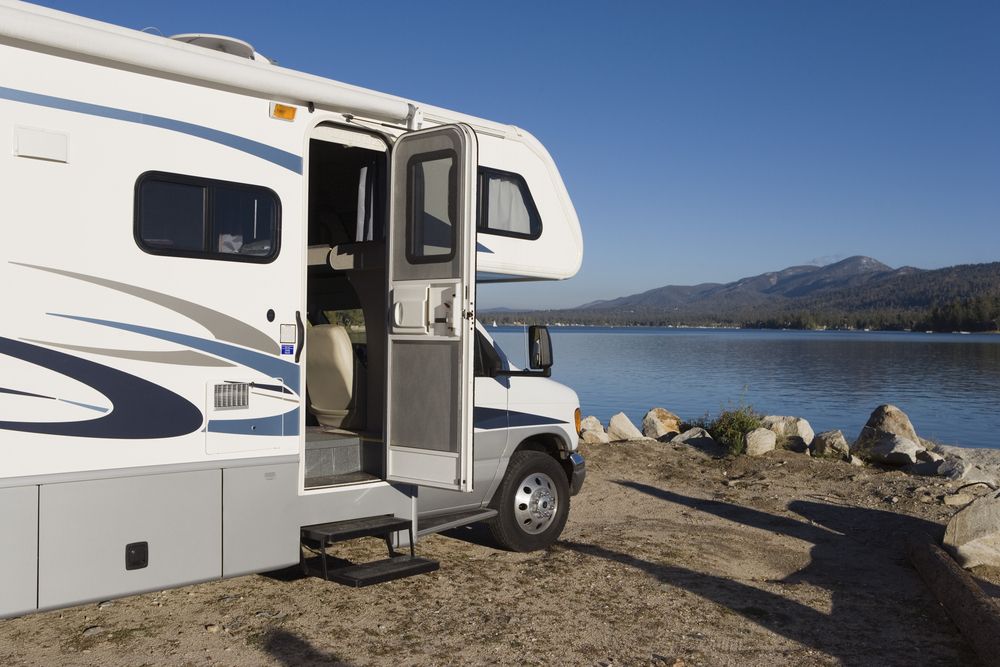There’s something about living in a caravan that infects the imagination of film makers the world over, when you consider how much this humble vehicle features in films and TV series. Their recurring inclusion evokes a strong social commentary that underpins the theme of the film, giving colour and depth to the story overall.
Influencing the genre of film
Depending on the guise in which the caravan appears, viewers will understand the social commentary and context behind it. For example, characters living full time in trailer parks – particularly in the US – are often seen as living in poverty, ‘trailer trash’, with alcohol and drug addiction problems. There is often a grittiness to the story which is enhanced by the flimsy shabbiness of a trailer which has probably seen better days.
This was particularly redolent in the recent Netflix series Maid, a story about a woman and her child trapped in a loveless marriage with a drunk and abusive partner who managed to drink his way into violent episodes, and then endeavour to bully and control his wife and daughter. Their home was a trailer, and no matter how much the main female character tried to make it into a welcoming home, her endeavours were constantly thwarted by the nasty and unpredictable behaviour of her partner.
However, in the UK, residential caravan parks are often seen as something to aspire to, particularly if they are located in areas of outstanding natural beauty, or along the island’s stunning coastline. Park home living is more redolent of relaxed living after a lifetime of working hard.
In UK films and TV programmes, the caravan is often a place of escape, located in an isolated position where the brooding main character eschews company and lives a frugal and lonely existence. Or it represents that fun, working class holiday experience encapsulated by early comedy films such as the 1968 classic Carry on Camping.
At the other end of the scale, the RV used in that infamous comedy film ‘Meet the Fockers’ represented the epitome of elitist arrogance, showcasing the complete control and narcissism that the father in law character – played so convincingly by Robert de Niro – exerted over the rest of his family, and in particular the protagonist played by Ben Stiller. The RV was a central these to the film.
The focus of strange happenings
It is possibly the fact that a caravan, or park home, or trailer, are not solid constructions with foundations, that there is something transitory and vulnerable about them. Often they become the focus of strange and unexplained happenings, such as housing the entrance to the ‘Upside Down’ in the later season of Stranger Things.
Located in sites where other residents tend to keep themselves to themselves, the Stranger Things trailer managed to be the location of what appeared from the outside as the place of a brutal murder – which was actually carried out by forces beyond the natural world.
Kill Bill – the Quentin Tarantino film that propelled Uma Thurman to fame – also featured a brutal killing of one of its main characters in a trailer that had been placed in a remote desert location. The trailer was redolent of Budd’s decline in status, from assassin to working in a strip joint. His violent and brutal death was made all the more savage the fact that it took place between the flimsy walls of his caravan. The utter destruction of his life and his home perfectly illustrates the tenuous grasp we have on power, no matter how violent we have been in the past.

